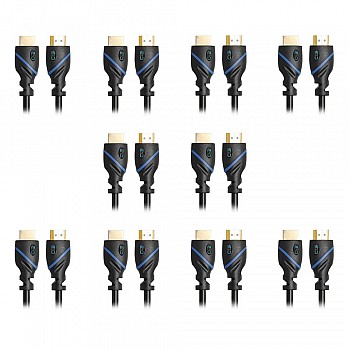Brand: C&E
Model: CNE623085
Category 2 certified, high speed 18.2 GBPS/340 MHz (supports up to 240hz refresh rates and 48-Bit deep color) Supports all new HDMI advanced ..
₹449.00 ₹657.00
Brand: Halonix
Model: WIFI DOME INDOOR
Wireless 3MP 3K Pro HD Wi-Fi Smart Home Security Dome Camera. Works with Android & iOS Operating systems. The Halonix SecurCAM can capture foc..
₹3,999.00 ₹5,999.00
Brand: Apple
Model: Apple 10.2-inch (25.91 cm)
Gorgeous 25.91 cm (10.2-inch) Retina display with True ToneA13 Bionic chip with Neural Engine8MP Wide back camera, 12MP Ultra Wide front camera with C..
₹26,289.00 ₹30,900.00
Brand: Honor
Model: LLD-AL10
13MP+2MP dual rear camera with AF/PDAF, wide aperture mode, portrait mode, fixed focus, portrait mode, gesture control | 13MP+2MP dual front camera14...
₹5,489.00 ₹16,999.00



